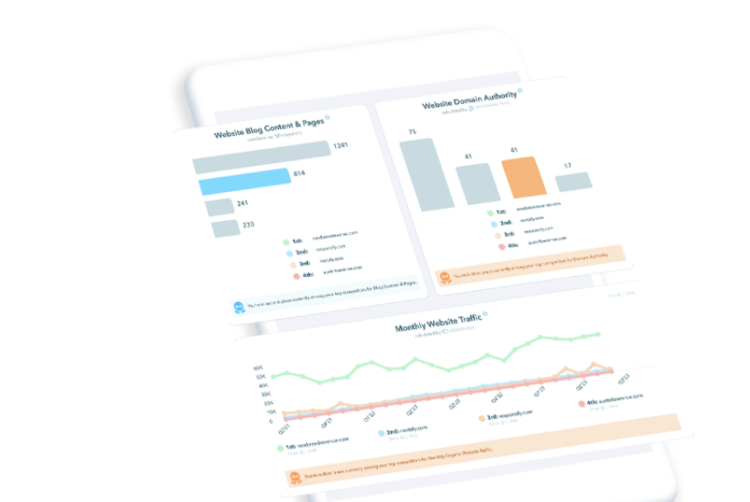 1,076 views
1,076 views 2300 Views
2300 Views  4 min read
4 min readTransparency Market Research claims the digital health and medical market generated $196.3 billion in 2017. Better yet, they estimate annual revenues to reach $536.6 billion in 2025. Obviously, providers of electronic health and medical records services can look at this from one of two perspectives: An overly-saturated market with diminishing market shares, or an opportunity for explosive growth. Some may think perspective #2 is wishful thinking, but that isn’t the case. Implementing the right strategies will help you get noticed by health and medical professionals and allow your message to be heard over the chatter of competitors.
As you know, marketing is nothing without a clearly-defined ideal customer. And customer avatars – or buyer personas – are great tools for optimizing your focus. To create an effective customer avatar, your company needs to understand a few things about your ideal customer:
For example, your customer avatars might include Private Practitioner Peter, Hospital Administrator Adam, or Clinician Chris. The idea here is that the more fully you understand these ideal customers, the more effectively you can create the content they desire, engage with them, solve their problems, and, ultimately, increase your own market share.
While important, creating customer avatars is only the first step. You must know what your sales funnel looks like and where your ideal customers are in the buying process. Map the buying process your current customers traveled. Consider the following stages:
Providing your ideal customers with the right content at the right stage in the funnel will lead to better engagement and better sales.
Use your blog intentionally. HubSpot found that B2B companies who frequently blog generate more leads than those who do not. To use your blog intentionally, create content that speaks to ideal customers at different stages of your customer’s journey. In other words, deliver them the information relevant to the problems of each stage. Not only does this build trust, but it gives the impression that your Electronic Health Record (EHR) software company is the right company at the right time. And that increases the odds of conversion. Here are a couple of points to remember:
The only thing that stays the same in the health and medical industry is that it’s always changing! By staying up-to-date on the latest developments, you help to position yourself as an authority. Answer the following:
Arming yourself with these answers will help you build a more effective Content and Inbound Marketing Plan.
Over 60% of marketers, according to HubSpot, recognize that search engine optimization (SEO) is essential to organic website traffic. Effective SEO can be a lot of work, but it can it also be the difference between stagnation and growth. Keyword optimization is one of the surest improvements you can make to your website and content for boosting your rank in search engines. Research the keyword phrases for which you wish to rank, and include them in your:
An optimized website will attract more traffic, which could mean more leads and sales.
Lead nurturing is all about upgrading leads to qualified leads, and qualified leads to satisfied customers. A series of automated emails has become the most effective way of nurturing leads. But it’s important that you divide your email list into the stages of the Buyer’s Journey. This helps to ensure you are creating enough relevant content for leads at every stage. Finally, find the right balance. You don’t want to overwhelm your leads and risk having them unsubscribe. Keep it simple. Share your latest blog posts, bring them up to speed on the latest relevant developments in the health and medical industry, and offer them news on your offers or discounts.
Being a good parent leads to raising good children. That’s one way to think about the strategies we’ve discussed: good ehr marketing practices leads to capturing a good market share. When you’ve put these strategies to work, you’ll inevitably generate more quality leads, which means your sales force will be better equipped to close more sales and improve your company’s share of the Electronic Health Record (EHR) software market. These strategies are a part of the Inbound Marketing Methodology. And we at Responsify have helped many marketing professionals develop and implement this proven approach. We’d be happy to spend some 1-on-1 time helping your Electronic Health Record (EHR) software company evaluate its assets, offering insights and suggestions, and guiding you in the right direction. Request your free strategy session now.
